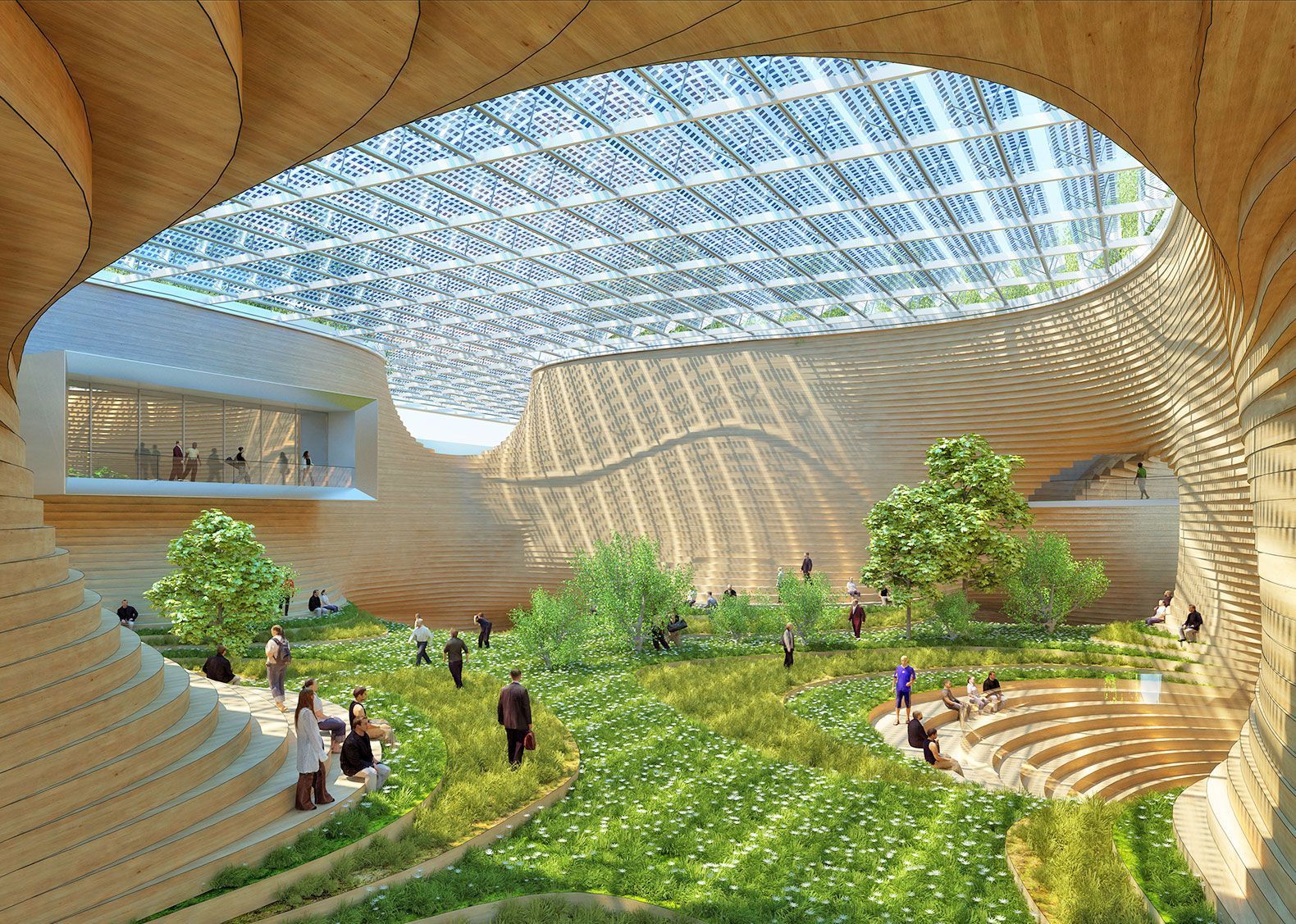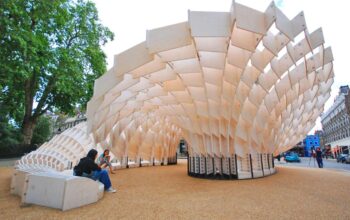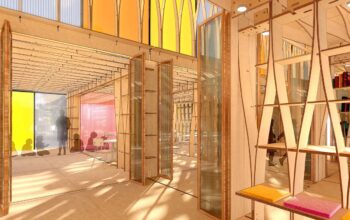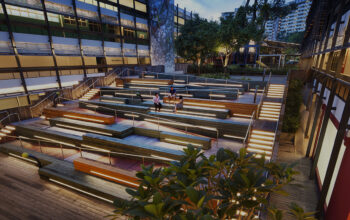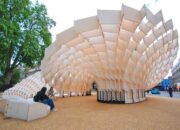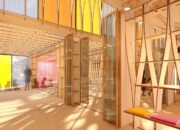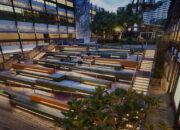The construction industry stands at a pivotal juncture. Long recognized as a significant contributor to global carbon emissions, resource depletion, and waste generation, it is now undergoing a transformative shift driven by urgent environmental concerns and a growing understanding of the long-term economic and social benefits of sustainable practices. Across the globe, groundbreaking innovations in materials, design, and construction methodologies are emerging, paving the way for a future where buildings are not just structures we inhabit but integral components of a healthier planet.
The rise of sustainable building innovations is not merely a trend but a fundamental reshaping of the industry’s core values and practices. It encompasses a holistic approach that considers the entire lifecycle of a building, from the sourcing of raw materials and the construction process to its operational efficiency and eventual demolition or reuse. This paradigm shift is fueled by technological advancements, evolving regulations, increasing consumer demand for green buildings, and a growing awareness of the interconnectedness between the built environment and the natural world.
The Imperative for Sustainable Building
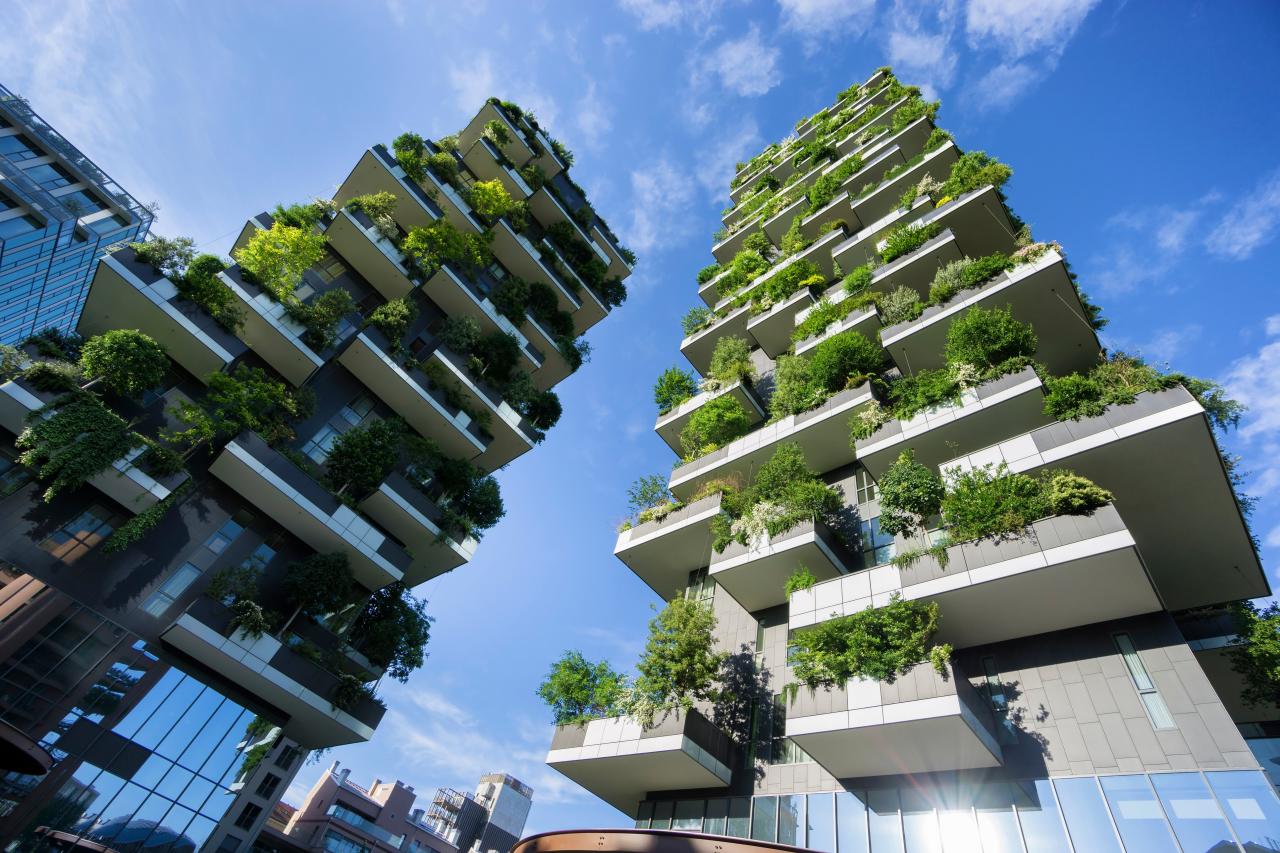
The need for sustainable building practices is underscored by several critical factors:
Environmental Impact of Traditional Construction
The construction sector is a major consumer of raw materials, including concrete, steel, and timber, the extraction and processing of which contribute significantly to greenhouse gas emissions and habitat destruction. Traditional building operations are also energy-intensive, relying heavily on fossil fuels for heating, cooling, and lighting, further exacerbating climate change. Demolition waste adds to landfill burdens and represents a significant loss of embodied energy and resources.
Climate Change Mitigation and Adaptation
Buildings play a crucial role in both mitigating climate change by reducing their carbon footprint and adapting to its impacts, such as extreme weather events and rising temperatures. Sustainable building innovations offer solutions for energy efficiency, renewable energy integration, and the creation of more resilient structures capable of withstanding environmental challenges.
Resource Depletion and Material Scarcity
Finite natural resources are under increasing strain. Sustainable building promotes the use of recycled and renewable materials, as well as strategies for material efficiency and waste reduction, ensuring a more responsible approach to resource management.
Health and Well-being of Occupants
Sustainable building design prioritizes the health and well-being of building occupants through improved indoor air quality, natural lighting and ventilation, and the use of non-toxic materials. Studies have shown that green buildings can lead to increased productivity, reduced absenteeism, and improved overall health.
Economic Benefits and Long-Term Value
While the initial investment in sustainable building technologies may sometimes be higher, the long-term economic benefits, such as reduced energy and water consumption, lower maintenance costs, and increased property value, often outweigh the upfront costs. Green buildings also attract tenants and businesses seeking environmentally responsible spaces.
Key Innovations Driving Sustainable Building
A diverse range of innovations are contributing to the rise of sustainable building practices:
- Sustainable Building Materials: Engineered wood products like cross-laminated timber (CLT) offer a low-carbon alternative to concrete and steel, with excellent structural properties and carbon sequestration potential. Innovations in utilizing recycled plastics, reclaimed wood, and other waste streams in construction materials reduce landfill waste and the demand for virgin resources. Examples include bricks made from recycled plastic and insulation derived from denim scraps. Materials derived from renewable biological sources, such as bamboo, hempcrete, mycelium, and agricultural waste, offer sustainable and often biodegradable alternatives to conventional building materials. Research and development are focused on creating concrete mixes with reduced cement content, incorporating supplementary cementitious materials like fly ash and slag, or even utilizing carbon capture technologies to produce carbon-negative concrete.
- Energy Efficiency Technologies: Advanced insulation materials and techniques significantly reduce heat loss and gain, minimizing the energy required for heating and cooling. Triple-glazed windows, low-emissivity (low-e) coatings, and thermally broken frames improve insulation and reduce energy consumption. Integrated control systems optimize energy use by monitoring occupancy, temperature, lighting levels, and other factors, adjusting building operations in real-time. Advanced heating, ventilation, and air conditioning (HVAC) systems with features like variable refrigerant flow (VRF) and energy recovery ventilation (ERV) significantly reduce energy consumption while maintaining indoor comfort. Architectural design that leverages natural sunlight, ventilation, and thermal mass to minimize the need for mechanical heating and cooling. This includes optimizing building orientation, window placement, and shading devices.
- Renewable Energy Integration: Integrating solar panels into building facades, roofs, and even windows allows buildings to generate their own clean electricity. Advances in flexible and aesthetically integrated solar technologies are expanding their applicability. Utilizing solar energy for water heating and space heating reduces reliance on fossil fuels. Small-scale wind turbines can be integrated into building designs in suitable locations to generate renewable electricity. Utilizing the stable temperature of the earth for efficient heating and cooling.
- Water Conservation and Management: Water-efficient toilets, faucets, and showers significantly reduce water consumption. Collecting and reusing rainwater for irrigation, toilet flushing, and other non-potable uses conserves water resources. Treating and reusing wastewater from sinks and showers for irrigation or toilet flushing. Utilizing native and drought-tolerant plants that require minimal watering.
- Smart Construction Technologies: A digital representation of a building that facilitates collaboration, optimizes design for energy efficiency and material use, and improves construction management. Additive manufacturing techniques allow for the creation of complex building components and even entire structures with reduced material waste and increased design flexibility. Robots can perform tasks like bricklaying, welding, and material handling, improving efficiency, safety, and precision on construction sites. Prefabricating building components in a controlled factory environment reduces waste, improves quality control, and accelerates construction timelines.
- Green Building Certifications and Standards: A globally recognized rating system for the design, construction, operation, and maintenance of green buildings. Another leading international sustainability assessment method for buildings. Focuses on the health and well-being of building occupants. A rigorous performance-based standard that challenges projects to create regenerative buildings that operate as cleanly, beautifully, and efficiently as nature’s habitats.
Overcoming Barriers to Adoption
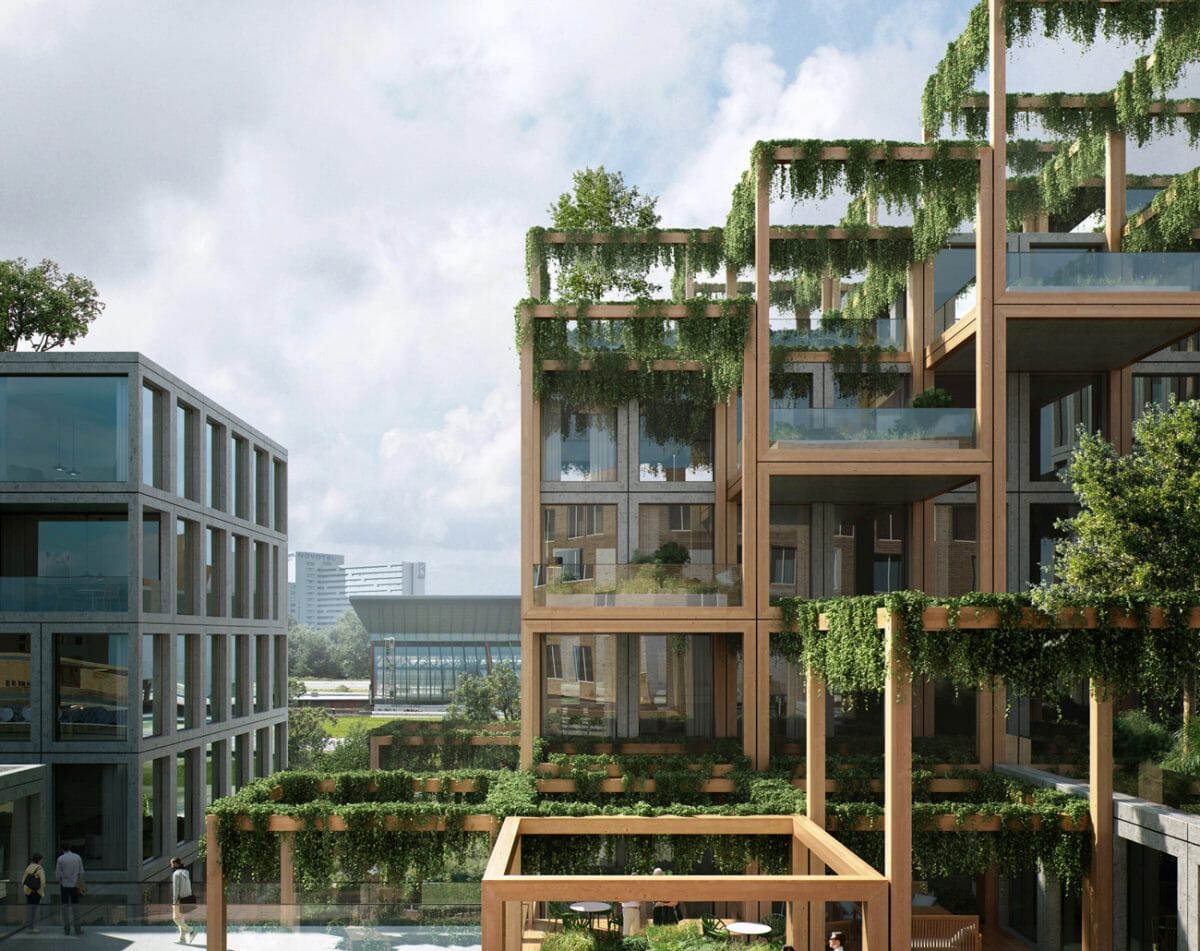
Despite the significant advancements in sustainable building innovations, several barriers can hinder their widespread adoption:
- Higher Upfront Costs: While long-term cost savings are often realized, the initial investment in some sustainable technologies and materials can be higher than conventional options.
- Lack of Awareness and Education: Insufficient knowledge among builders, developers, and consumers about the benefits and availability of sustainable building innovations can slow adoption rates.
- Regulatory Hurdles and Lack of Incentives: Outdated building codes and a lack of strong government incentives can create barriers to implementing sustainable practices.
- Supply Chain Limitations: The availability and scalability of some sustainable materials and technologies may still be limited in certain regions.
- Resistance to Change: The construction industry can be traditionally risk-averse, and there may be resistance to adopting new and unfamiliar technologies and methods.
The Role of Architects and Designers
Architects and designers play a crucial role in driving the adoption of sustainable building innovations. Their responsibilities include:
- Specifying Sustainable Materials and Technologies: Actively researching and incorporating environmentally friendly and energy-efficient products into their designs.
- Implementing Passive Design Principles: Optimizing building design to minimize energy consumption from the outset.
- Utilizing BIM for Sustainable Design: Leveraging digital modeling tools to analyze building performance and optimize resource use.
- Educating Clients and Stakeholders: Communicating the benefits of sustainable building and advocating for green design choices.
- Staying Updated on the Latest Innovations: Continuously learning about new sustainable materials, technologies, and best practices.
The Future of Sustainable Building
The future of the construction industry is inextricably linked to the continued rise and refinement of sustainable building innovations. We can expect to see:
- Increased Integration of Nature: Biophilic design principles will become increasingly mainstream, blurring the lines between the built and natural environments.
- Wider Adoption of Circular Economy Principles: Buildings will be designed for disassembly and material reuse, minimizing waste and maximizing resource efficiency.
- The Rise of Regenerative Buildings: Buildings that not only minimize their negative impact but actively contribute to the health and well-being of their surrounding environment and communities.
- Greater Use of Smart and Autonomous Technologies: AI, robotics, and IoT will further optimize building performance and construction processes.
- Stronger Policy Support and Market Demand: Governments and consumers will increasingly demand and incentivize sustainable building practices.
Conclusion
The innovations emerging in sustainable building offer a powerful pathway to transforming the construction industry from an environmental burden into a force for positive change. By embracing new materials, energy-efficient technologies, renewable energy integration, and smart construction methods, we can create buildings that are not only environmentally responsible but also healthier, more resilient, and economically viable. The continued collaboration between researchers, designers, builders, policymakers, and consumers is essential to accelerate the adoption of these innovations and build a greener, more sustainable future for generations to come.

